This post may contain affiliate links which means I will get a commission if you make a purchase at no additional cost to you. As an Amazon Associate I earn from qualifying purchases. Please read my disclosure for details.
Packing the wrong snacks for a hike can turn a scenic adventure into a sticky, spoiled mess. Different climates and trails across the U.S. require different food strategies that balance safety, freshness, and energy.
Locals who hike year-round know what works and what melts, leaks, or attracts more wildlife than needed. Here are nine foods hikers avoid in specific states and what they pack instead to keep their treks worry-free.
Chocolate Bars in Arizona and Trail-Ready Nut Clusters Instead
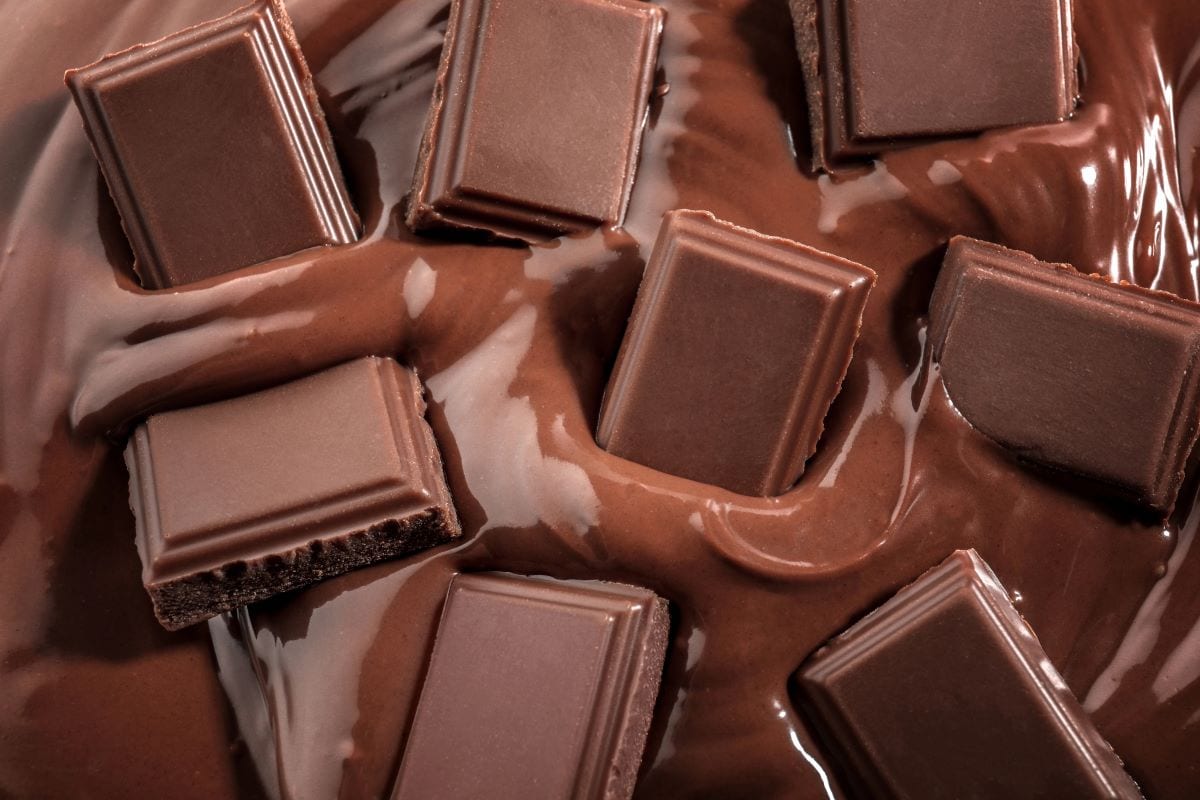
WANT TO SAVE THIS RECIPE?
Arizona’s desert heat melts chocolate in minutes, turning bars into gooey disasters. Instead, locals go for nut clusters with seeds and dried fruit that stay firm and deliver lasting energy. They’re heat-resistant, mess-free, and full of crunch.
Tuna Packs in Montana and Smoked Beef Sticks Instead
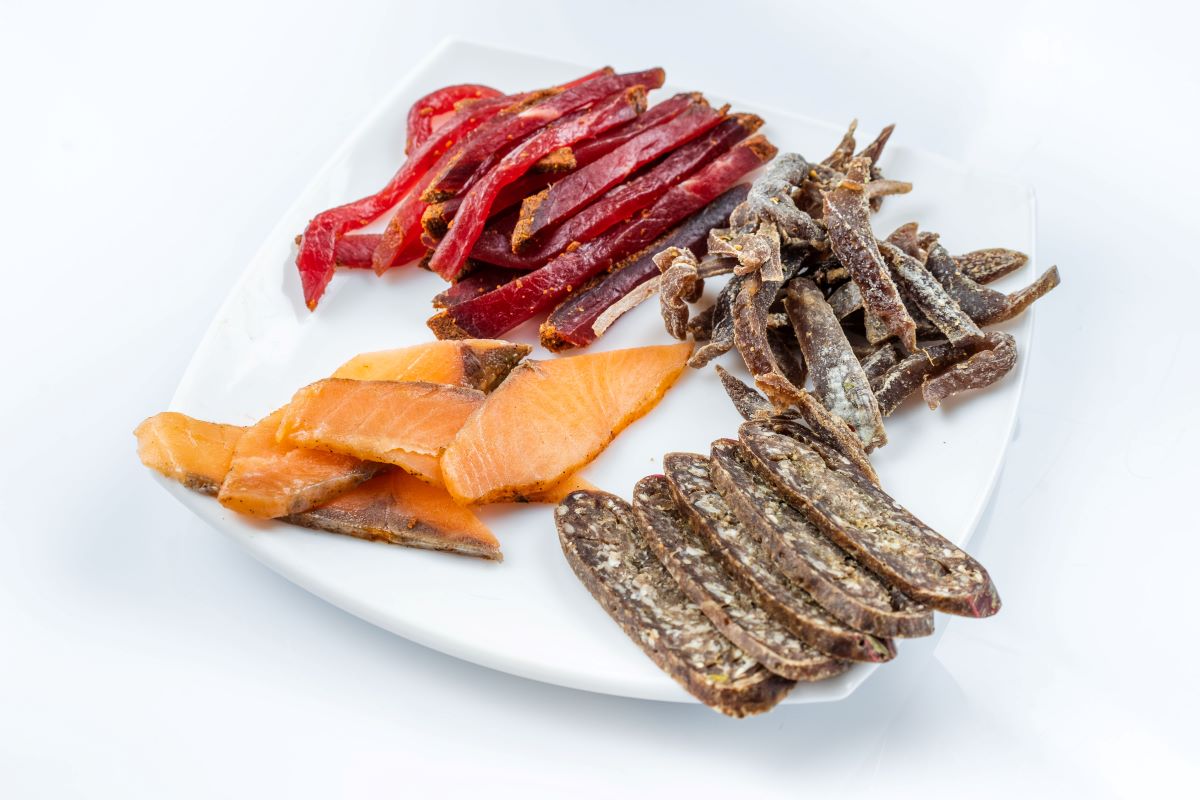
The scent of tuna can attract bears and other wildlife in Montana’s rugged trails. Instead, locals recommend smoked beef sticks sealed in scent-proof wraps. They offer high protein without putting your safety at risk.
Fresh Dairy in Colorado and Aged Cheese Crisps Instead
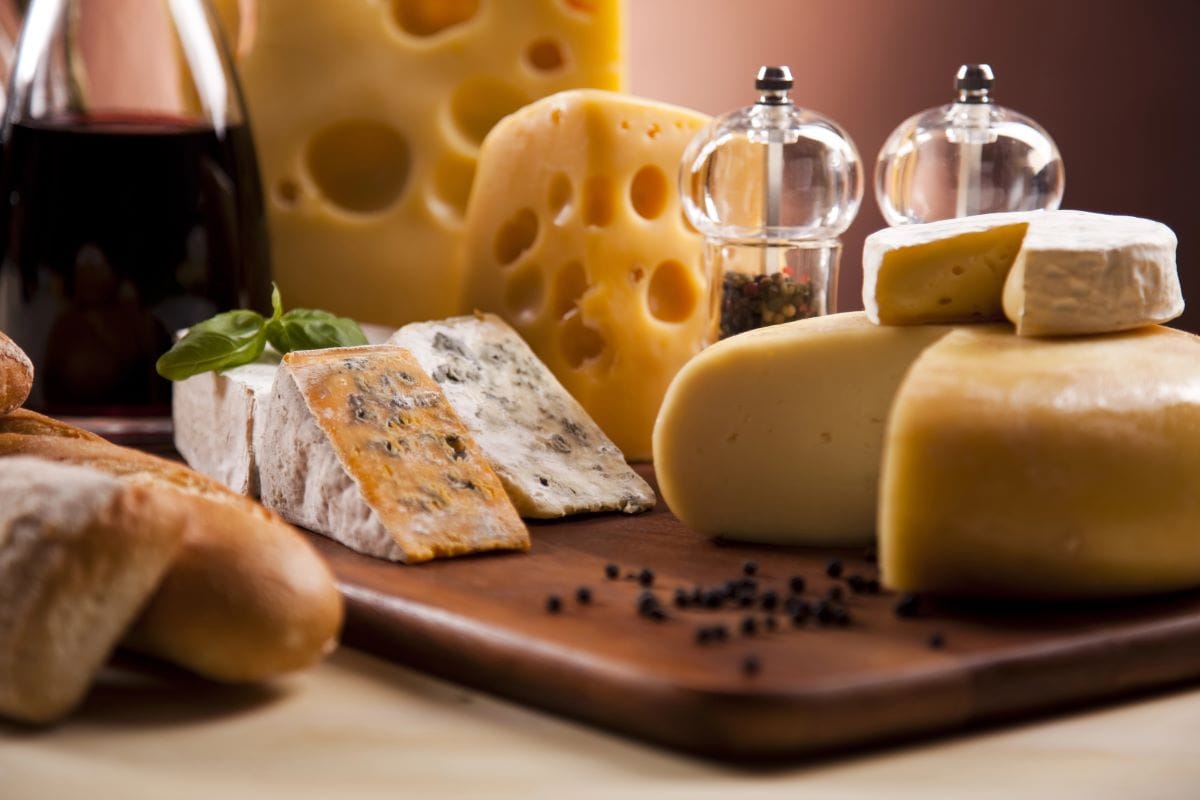
Fresh cheese spoils fast at altitude and in the sun, especially on Colorado’s lengthy trails. Hikers opt for aged cheese crisps that stay fresh longer and provide protein-rich fuel. They also eliminate the need for refrigeration or cleanup.
Carbonated Drinks in Utah and Electrolyte Tablets Instead
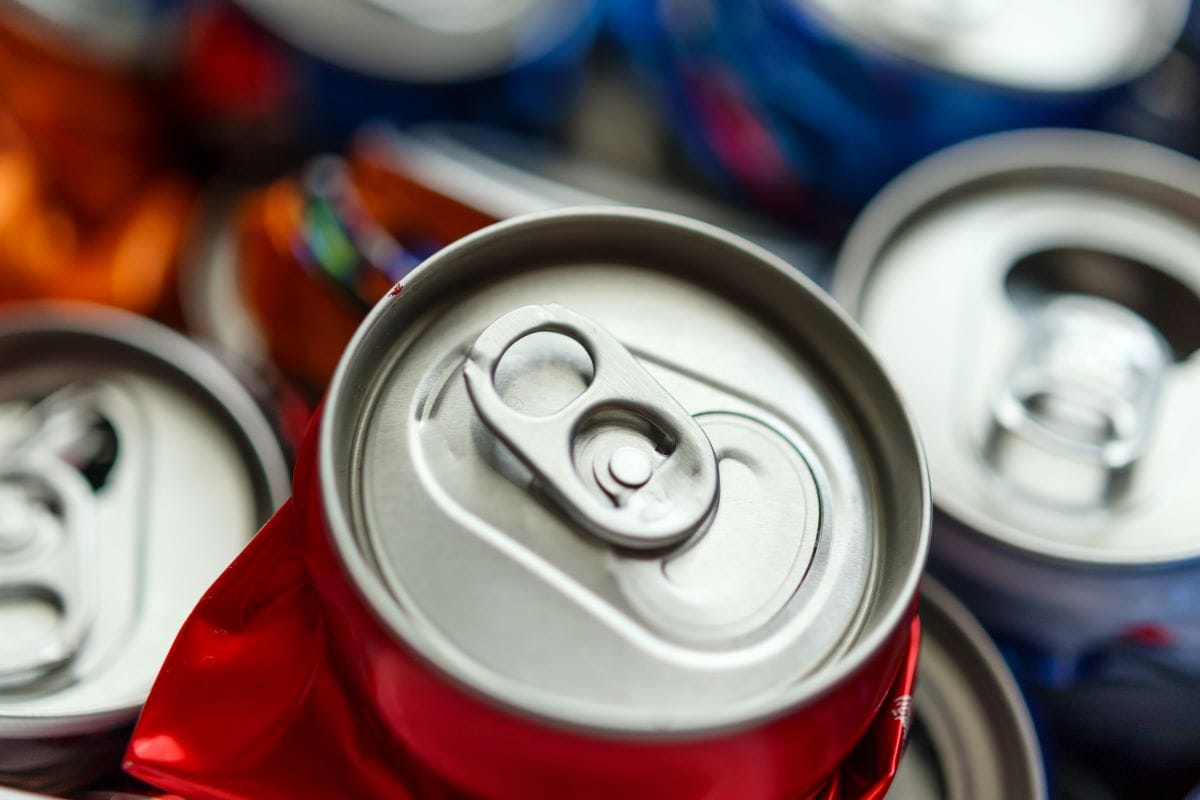
Soda and sparkling water don’t handle elevation changes well, often fizzing over when opened. Utah hikers prefer electrolyte tablets dropped into water bottles, keeping hydration levels up without the mess. It’s compact, clean, and effective.
Cream-Filled Pastries in Louisiana and Nut Butter Wraps Instead
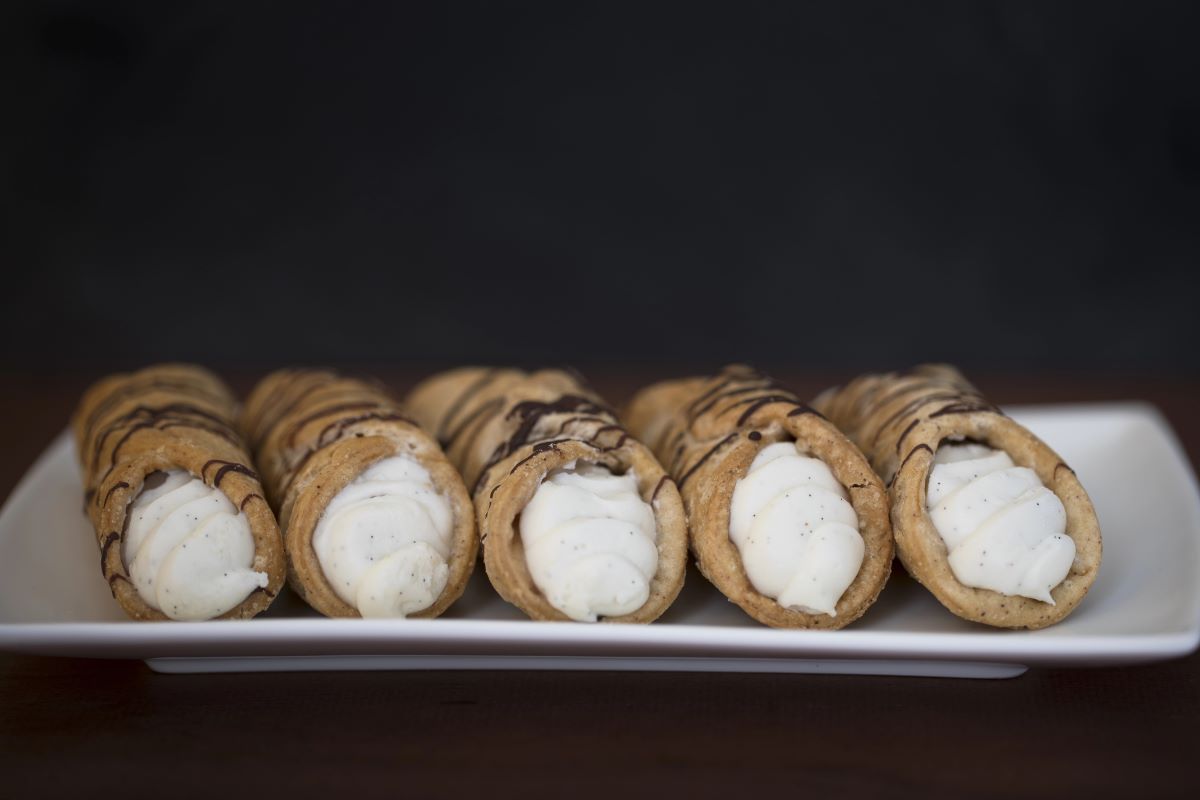
Cream-filled snacks melt quickly and spoil under Louisiana’s heat and humidity. Locals go for whole grain wraps with almond butter or banana slices for clean, energizing nutrition. They’re satisfying, packable, and safe in warm weather.
Glass Bottles in California and Collapsible Flasks Instead

Glass is heavy, dangerous if broken, and banned on many California trails. Hikers rely on BPA-free collapsible flasks that are light, refillable, and trail-safe. They save space and protect both the trail and your gear.
Related Post: 13 Farmers Market Hacks That Will Save You Money While Eating Fresh
Mayonnaise-Based Salads in Florida and Hummus Pouches Instead

Potato or tuna salads with mayo can spoil within an hour in Florida’s subtropical heat. Instead, locals choose shelf-stable hummus pouches paired with veggie chips. It’s a safer way to snack without risking stomach trouble.
Related Post: 11 Greenest Grocery Markets In Oregon You’ll Wish Were National
Sticky Candy in New Mexico and Dried Fruit Strips Instead
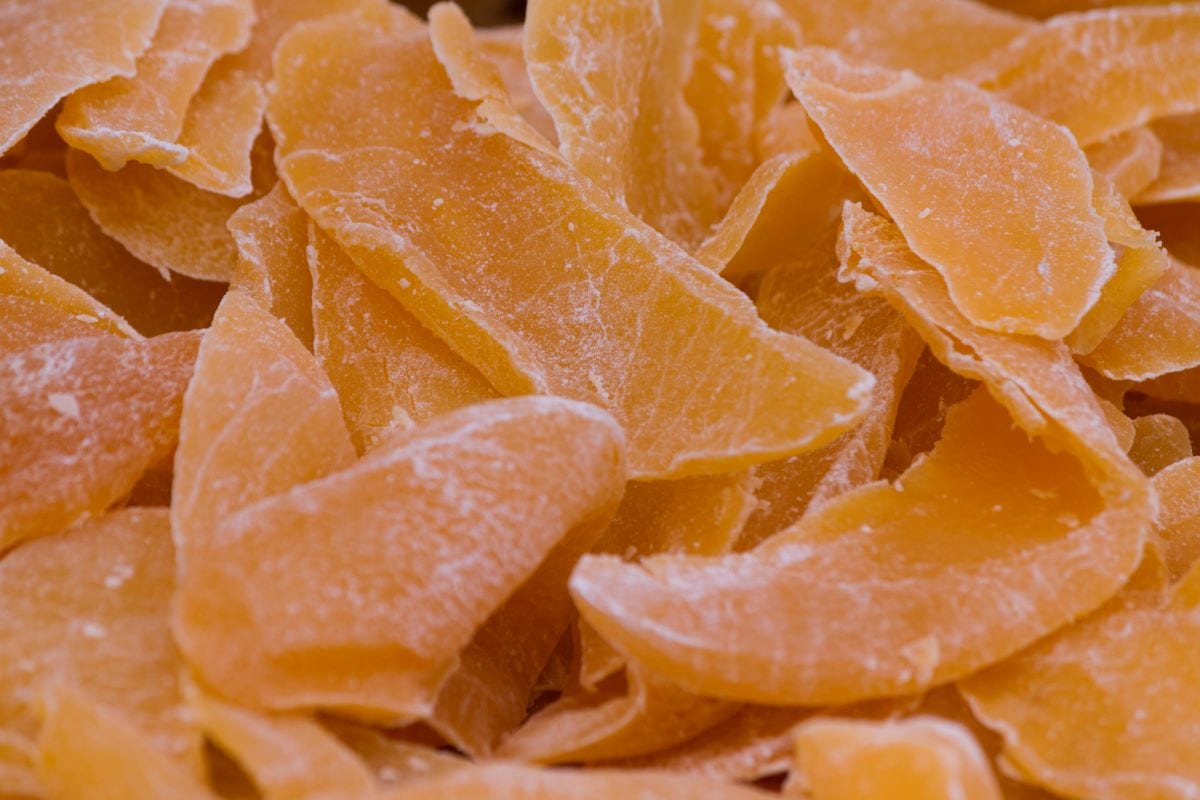
Gummy bears and chewy sweets melt and clump together in New Mexico’s arid terrain. Dried fruit strips, especially apricot or mango, hold up better and offer natural sugars for energy. They’re light, flavorful, and mess-free.
Related Post: 12 Instagram-Worthy Restaurants That Are Worth Every Snap
Canned Goods in Oregon and Dehydrated Meals Instead
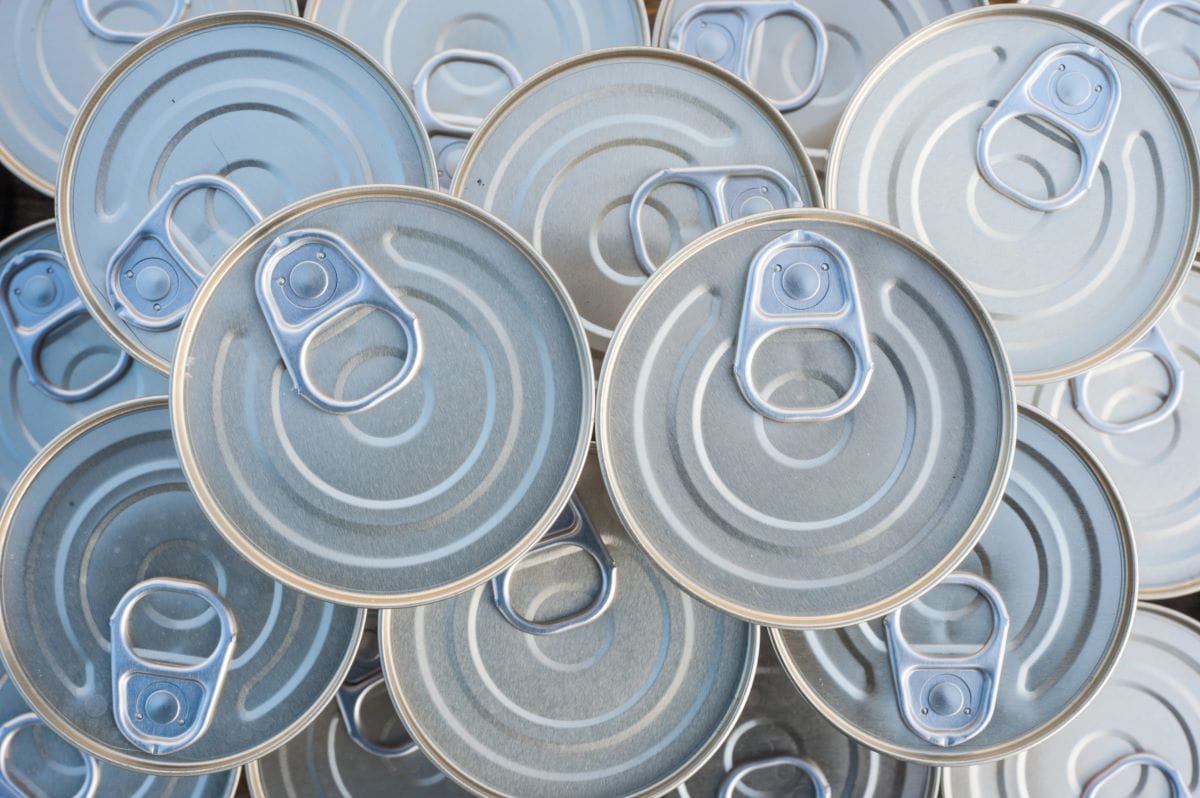
Canned goods are bulky, heavy, and tough to repack on Oregon’s forest trails. Hikers choose dehydrated meals that just need boiling water to become full entrees. They’re lighter, cleaner, and easier to manage in the wild.
Related Post: 12 Seasonal Farmers Market Items You Must Try Before They Disappear For Good
Knowing what not to bring can be just as important as packing the right items. Each state’s terrain, weather, and wildlife call for specific trail food choices that keep hikers energized and protected. Learn from the locals, and your next hike will be lighter, safer, and a lot more enjoyable.
Disclaimer: This list is solely the author’s opinion based on research and publicly available information.
10 Banned Food Ingredients That Are Still Legal in the US

While most Americans trust their food supply is safe, a startling reality lurks in grocery store aisles: numerous food additives banned in other countries remain perfectly legal in the United States. From bread improvers linked to cancer to synthetic dyes associated with behavioral changes, these controversial ingredients continue appearing in everyday American products.
Read it here: 10 Banned Food Ingredients That Are Still Legal in the US
How to Save $100+ Every Month at the Grocery Store

From planning your meals to avoiding sneaky upcharges in the snack aisle, here’s a realistic guide to trimming your food budget without adding stress to your week.
Read it here: Things Moms Waste Money On (and Don’t Even Know It)
Is Walmart+ Still Worth It in 2025? The Truth After 3 Years

Is the new Walmart Plus worth the annual fee or is it just another failed version of Amazon Prime? I spent my own money trying this service out for 12 months and counting. I have a lot to say about the benefits and drawbacks in this Walmart+ honest review.
Read it here: Is Walmart+ Worth It? Honest Review 3 Years Later!
You’ll love these related posts:
- 11 Grocery Chains in Washington With Shockingly Good Deli Counters
- 12 Local Restaurants In Arizona That Are Way Better Than The Chains
- 12 Grocery Chains In Pennsylvania That Cater To Old School Shoppers
- 11 Grocery Stores In Pennsylvania With Legendary Hot Food Bars
- 10 Hidden Restaurants In Philly Locals Keep To Themselves
